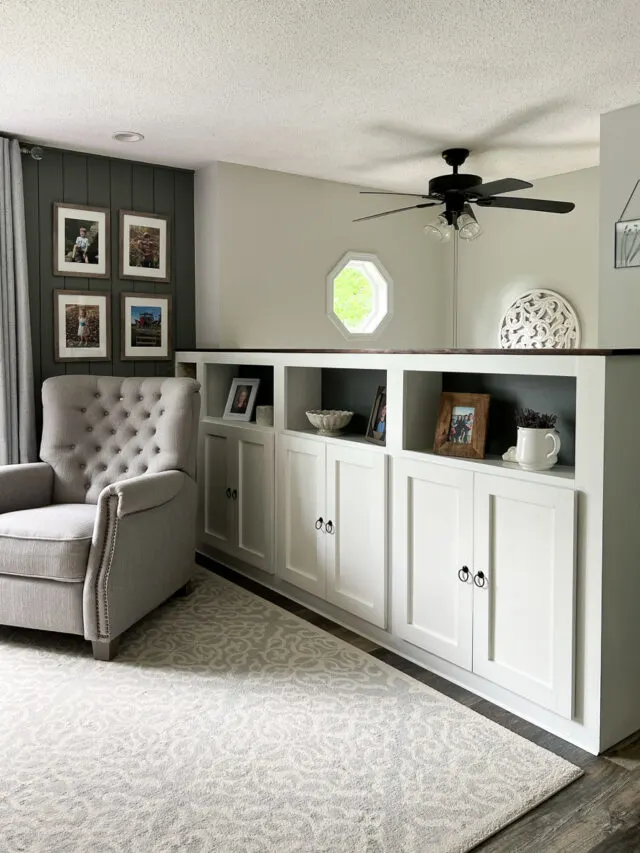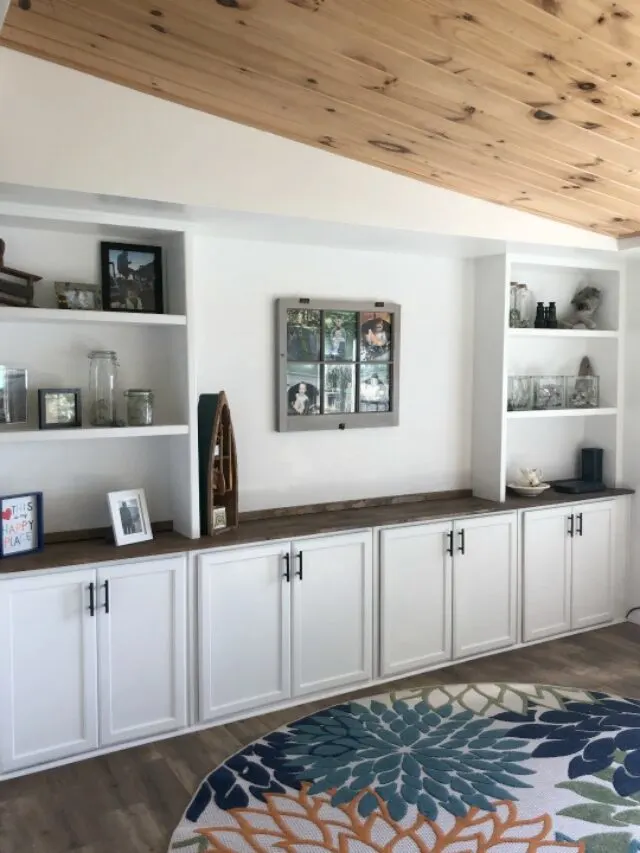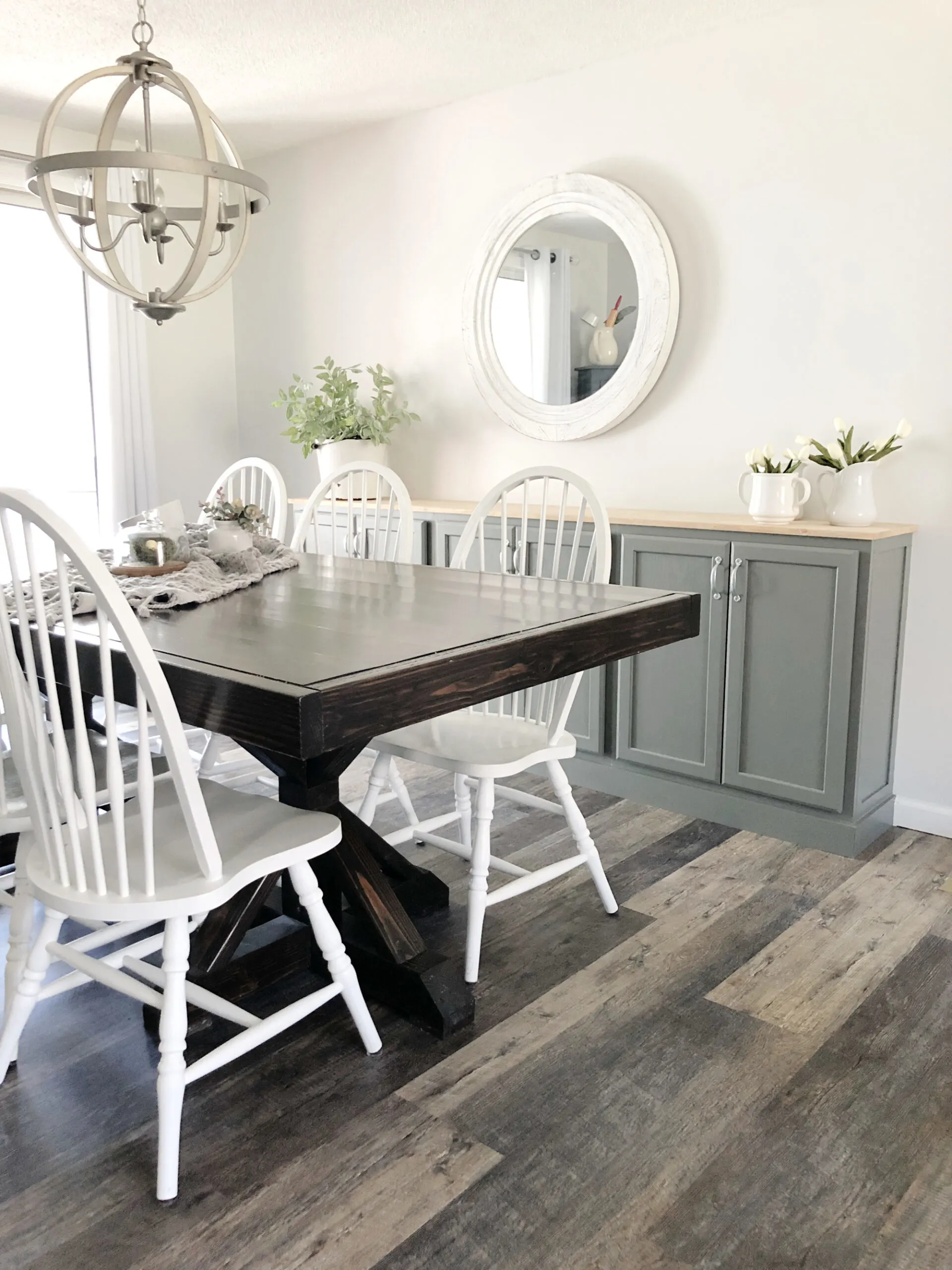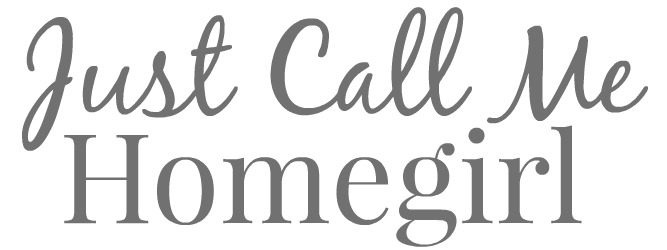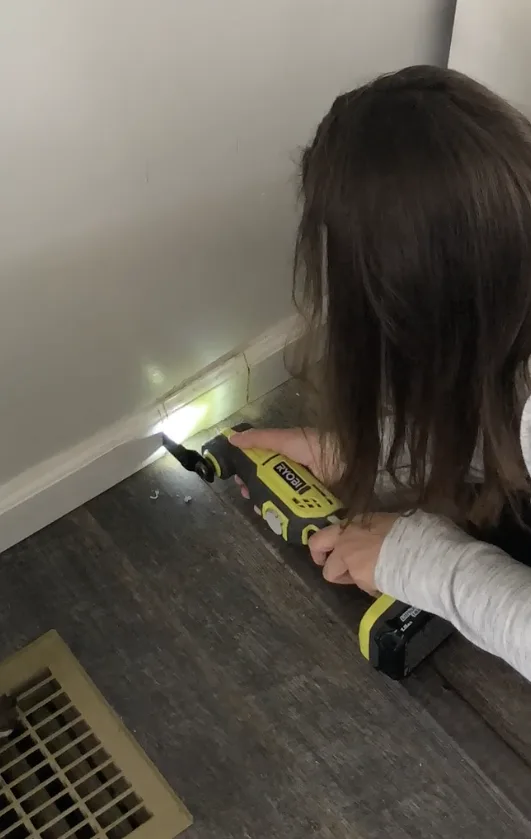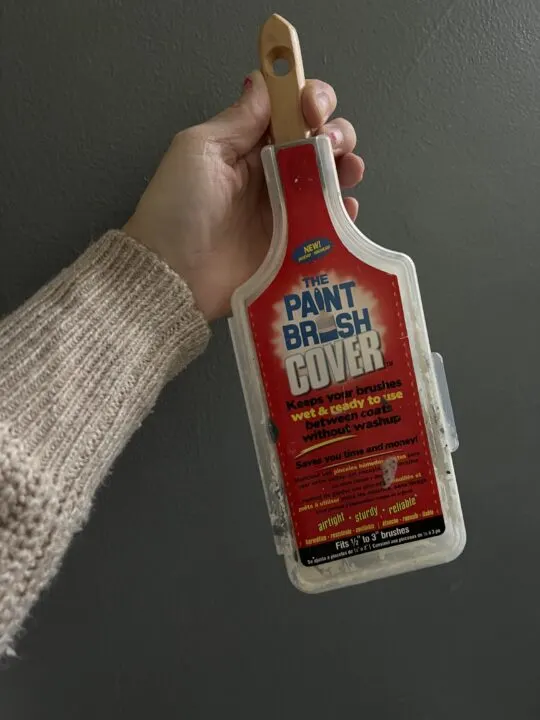I have been DIYing for as long as I remember but working in/on our own house for the last 10 years I have come to realize what tools you need, which are nice to have, what to invest in and what you can do without.
Do whether your just starting out, looking for a gift, or looking to investing in your next tool this post is for you!
Some of the following links are Affiliate links. Click here to see my full disclosure.
Top 5 Best DIY Power Tools
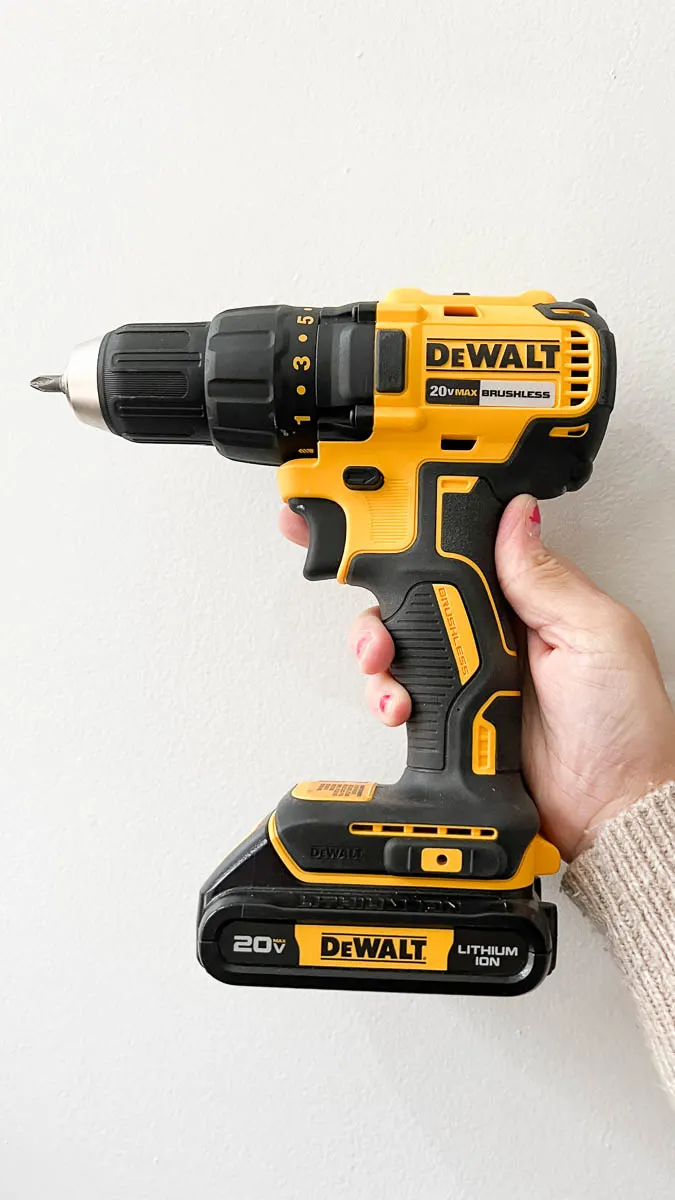
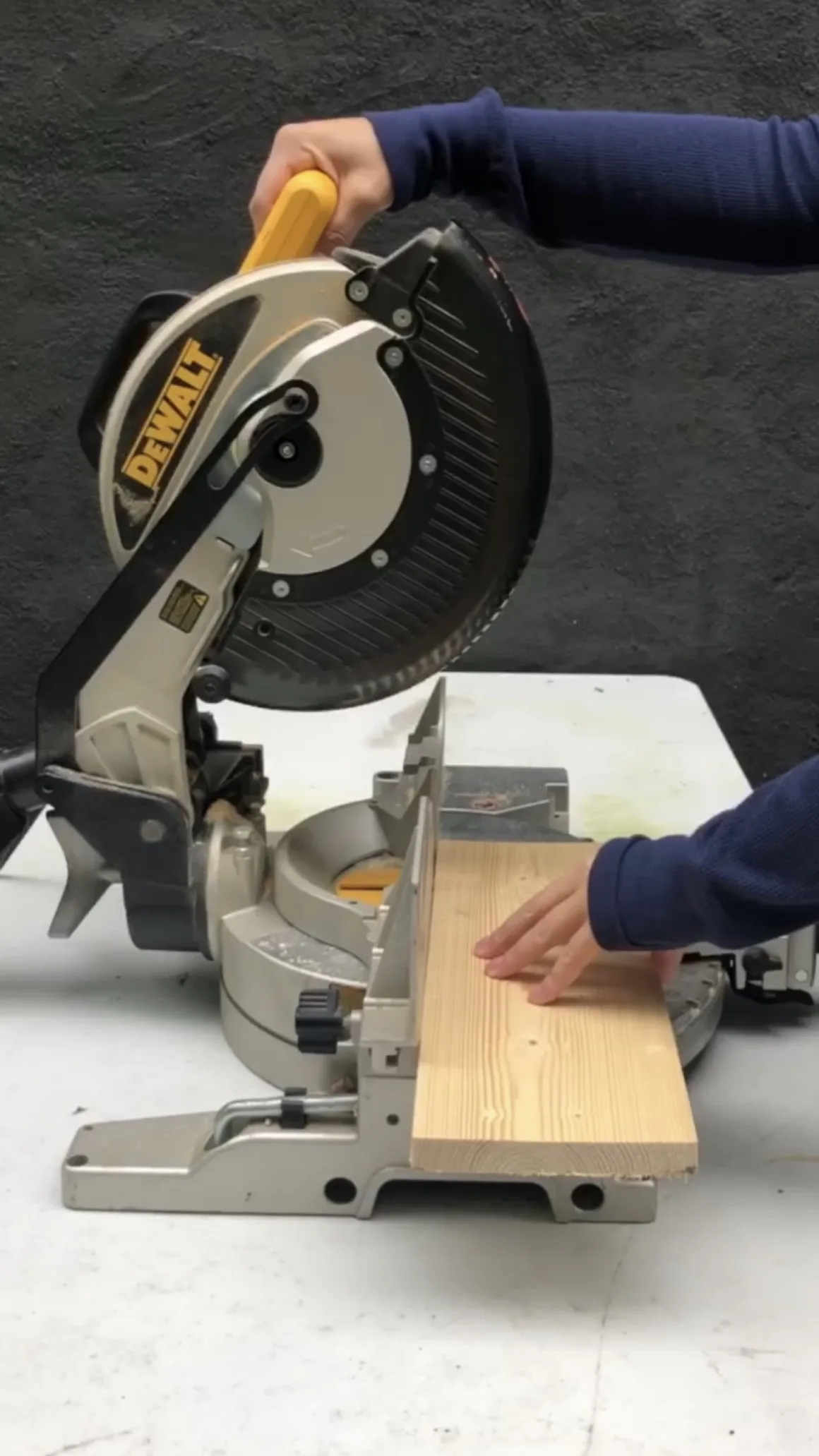
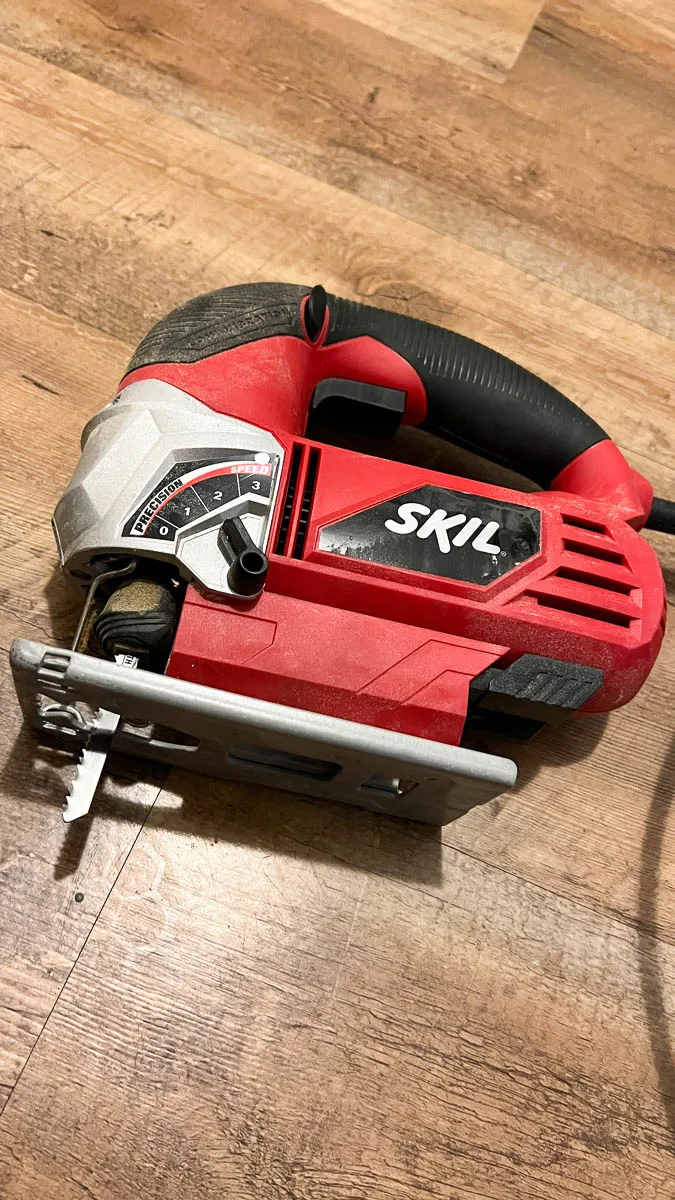
Drill/Screwdriver – This will be your most used tool, probably ever. You don’t have to go super fancy but I wouldn’t cheap out on this one either. I love my DeWalt Screw Driver a great price and a great tool. If you have a little extra to spend on a Drill go with the impact driver. In the long run if you are using longer wood screws, building a tree house you might want to go with the impact driver.
Miter Saw – Another highly used item when your DIYing. A miter saw or commonly known as a chop saw, can cut wood, trim and moulding at different angles or straight at any length. I wouldn’t skimp on a miter saw but go mid range. I love my Dewalt as well and if you want to spend a little more go with a slider option. This will give you the ability to cut wider boards easily.
Jig Saw – Jig saws are a very versatile tool, where you can make angle, straight and even curvy cuts. Think of it as the free hand saw. With changing out the blades you can also cut metal, laminate and tile. Jig saws are not an expensive tool and can get a good one for relatively low cost. If you want to spend more I would go for a battery operated one. That way you’re not limited to a cord.
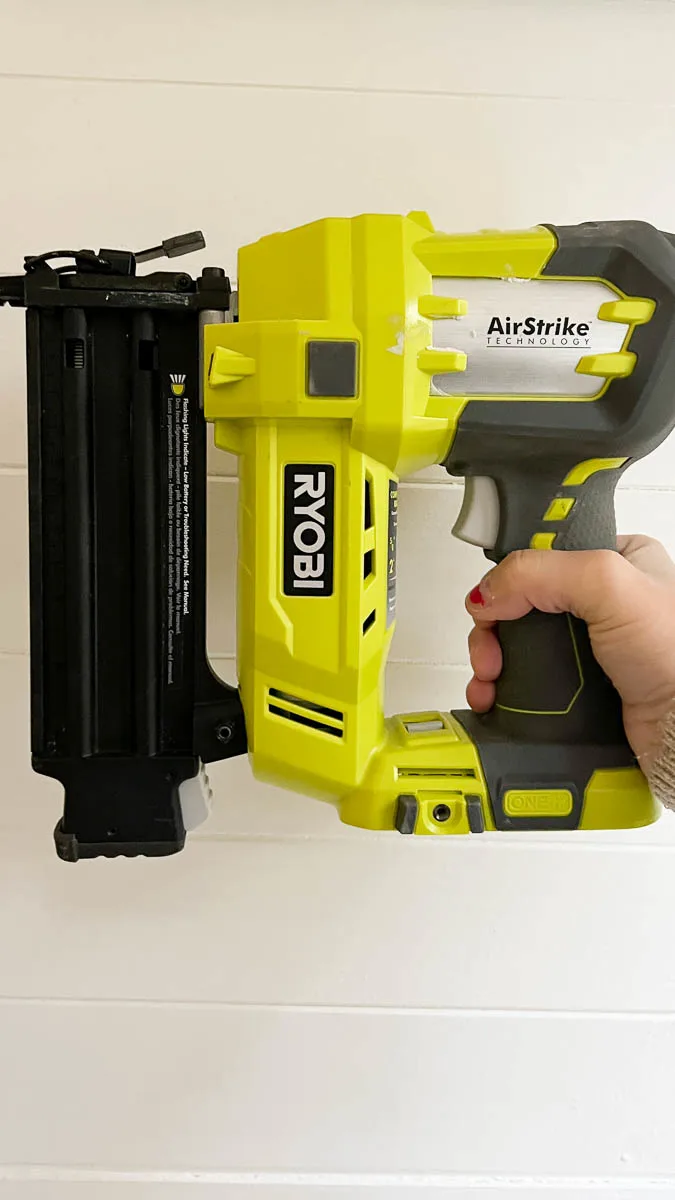
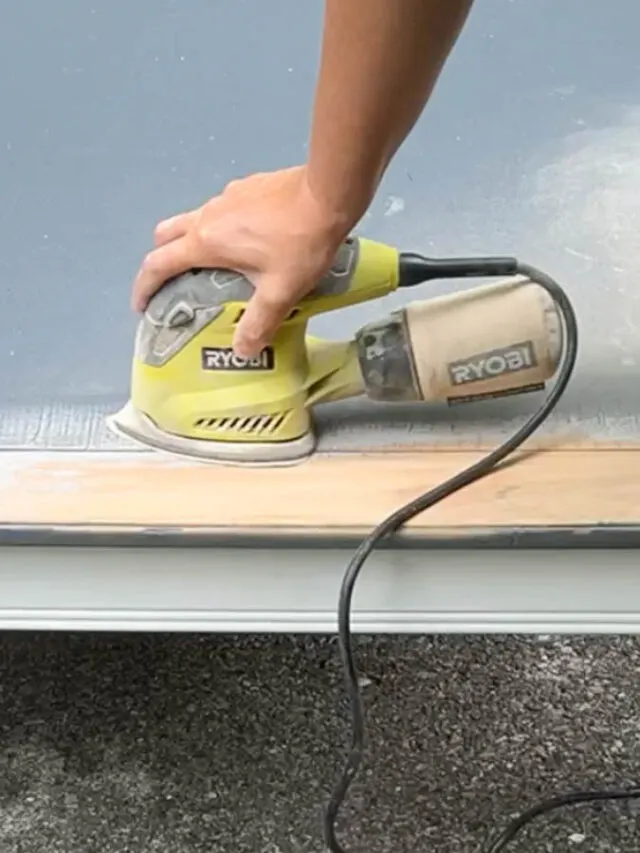
Nailer – This isn’t necessarily a needed item but it sure does make certain projects a whole lot easier! You can fasten trim, planks, wall treatments, small builds, frames etc easily. I have a inexpensive battery operated one and so far it’s been great. I you need one with a lot of power I would either go more expensive or have one that hooks up to an air compressor.
https://homedepot.sjv.io/rnYjeySander – Sanding by hand is fine but sanding with a sander is easier. I opt for a mouse sander (mouse shaped) because it gets into the corners easily.
Tools That Are Great, But Not Necessary.
Table Saw – This was one of my first big tool purchases on my own I wanted to be able to cut down large sheets of plywood, and rip boards the size I needed. You can also do other things on a table saw like dado cuts and also cross cuts. If you are going to purchase a Table Saw I wouldn’t skimp on quality.
Multi Tool – This tool can be used to trim wood, pipes, make plunge cuts, cut openings in drywall, remove rust from metals and even sand. It’s just a matter of changing out the accessories. I typically use mine to trim off a piece of moulding without taking it off the wall.
Circular Saw – If you want to rip wood and large pieces easily a circular saw is a great alternative to a Table Saw. Many beginners feel more comfortable with a circular saw than a table saw so keep that in mind. I would opt for a battery powered one as well as purchasing a guide for large cuts.
DIY Items that Make it Easier
Nail Cuff – If you’re like me and might not have pockets, or tend to stick a screw in your mouth to hold it (don’t do that) than this magnetic nail cuff is for you! It holds your nails, screws etc so they’re all ready for you when you need them. Makes a great gift too!
Paint Brush Cover – Yes you could put your used paint brush into plastic wrap and stick it in the fridge, but with the paint brush cover you can literally pop your used paint brush into the cover and it will stay wet and usable up to a week! These are life savors.
Magnetic Drive Guide – This magnetic drive guide will hold your screw tip as well as pulp over your screw so it doesn’t fall as you drive it in.
Make sure to save or pin this post as I will continue to add to it!
Looking for some projects to tackle with your new tools?
